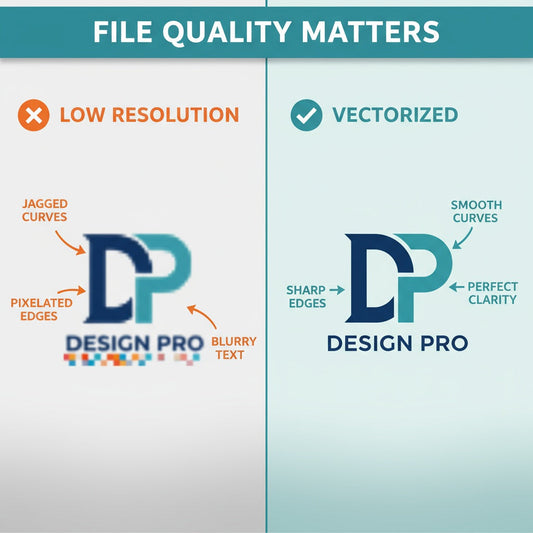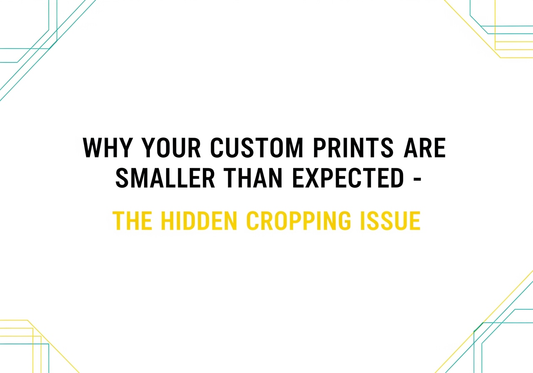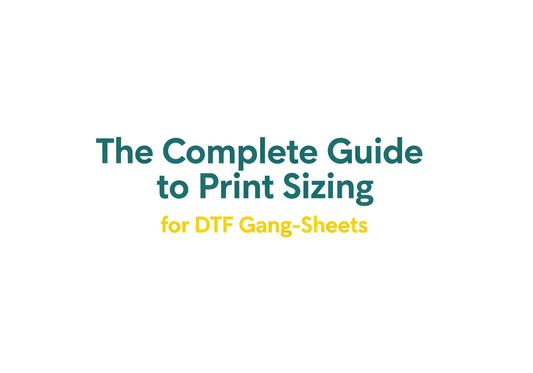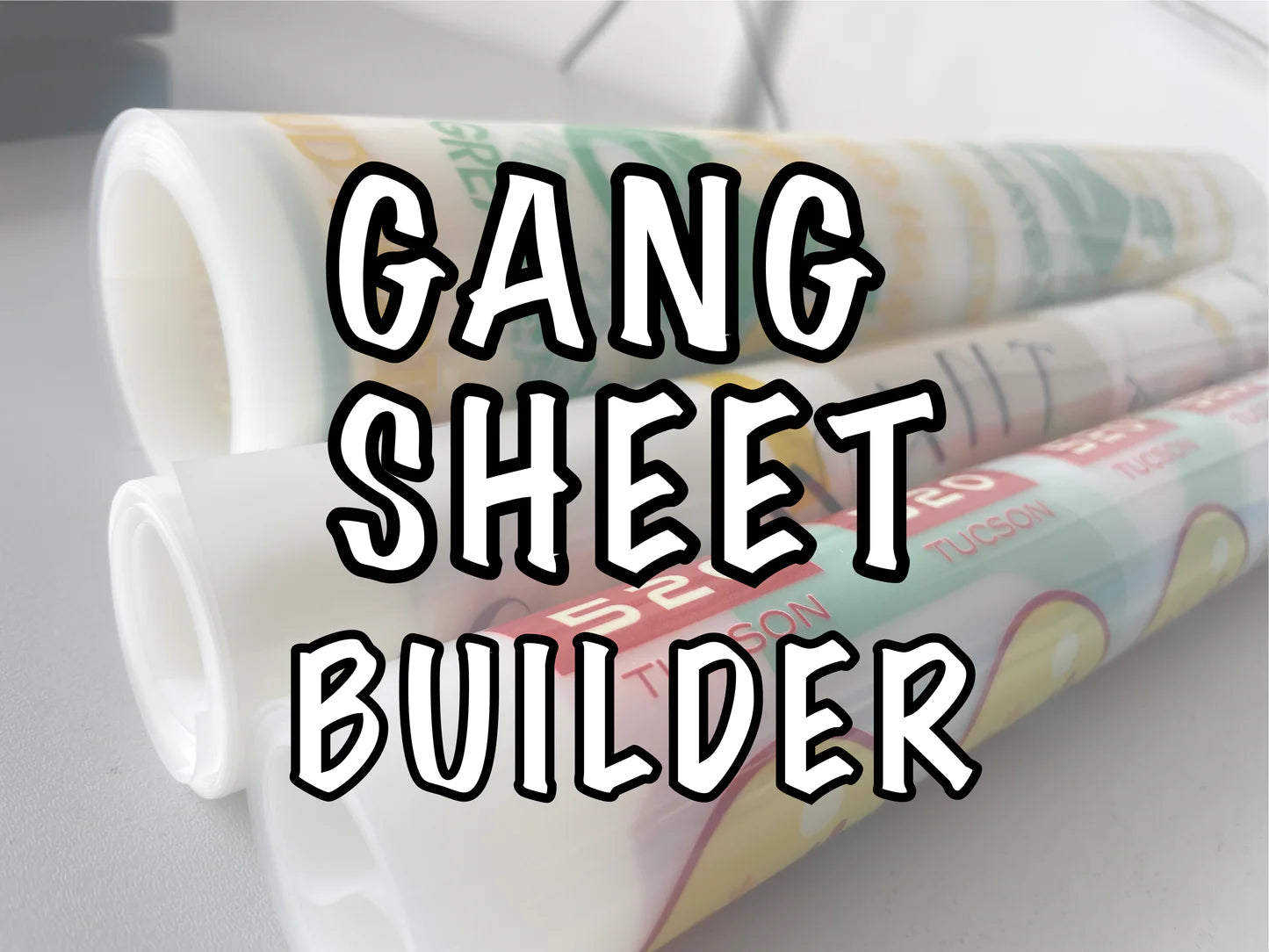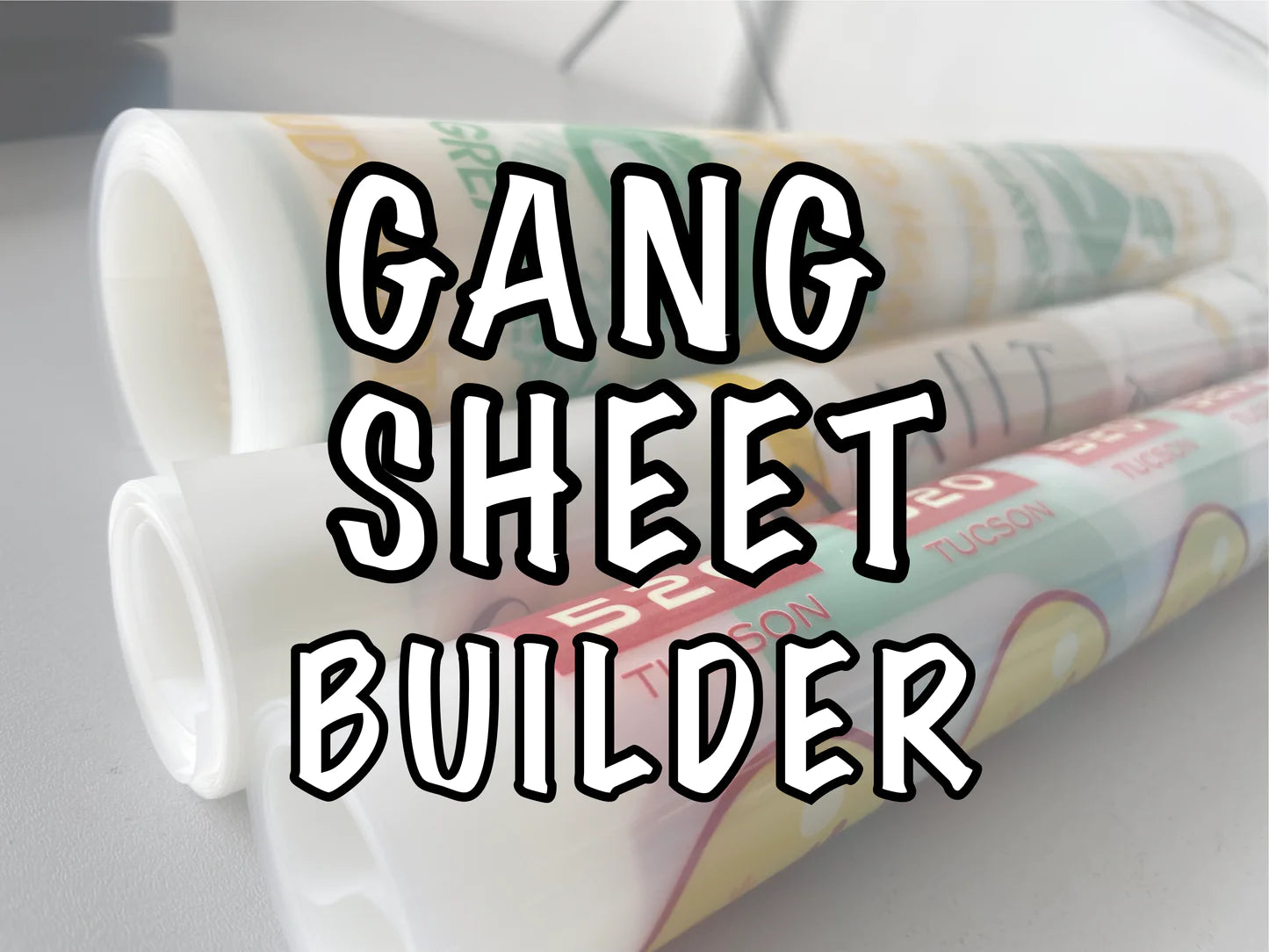
The Role of Temperature and Pressure in DTF Transfer Success
Share
Direct to Film (DTF) transfers are revolutionizing the custom printing industry with their ability to produce vibrant, durable, and intricate designs. However, achieving optimal results with DTF transfers requires a precise understanding of the role that temperature and pressure play in the transfer process.
Why Temperature Matters
- Proper Adhesion
- Activation of Adhesive: The adhesive powder used in DTF transfers requires a specific temperature to activate and bond effectively with the fabric. Insufficient heat can result in poor adhesion, causing the design to peel off over time.
- Uniform Transfer: Consistent temperature ensures that the entire design is evenly transferred, preventing partial transfers and ensuring the print adheres uniformly.
- Color Vibrancy
- Ink Curing: Proper temperature settings help cure the ink on the transfer film, enhancing the vibrancy and sharpness of the colors. Under-curing can lead to dull colors and a lack of definition in the design.
- Fabric Compatibility
- Heat Sensitivity: Different fabrics react differently to heat. For instance, polyester requires lower temperatures compared to cotton to prevent scorching or melting. Adjusting the temperature according to the fabric type ensures that the garment is not damaged during the transfer process.
The Importance of Pressure
- Ensuring Strong Bond
- Pressure Distribution: Adequate pressure is needed to ensure the adhesive powder bonds strongly with the fabric fibers. Insufficient pressure can result in weak adhesion, leading to the design lifting or peeling.
- Even Application: Consistent and even pressure across the heat press platen ensures that the entire design adheres uniformly to the fabric, preventing areas of the design from lifting.
- Maintaining Design Integrity
- Preventing Distortion: Proper pressure helps maintain the integrity of intricate and detailed designs. Too much pressure can distort the design, while too little pressure may result in incomplete transfers.
- Texture and Feel: The right amount of pressure ensures that the transfer integrates seamlessly with the fabric, providing a smooth and professional finish.
Optimal Temperature and Pressure Settings
- General Guidelines
- Temperature Range: For most DTF transfers, a temperature range of 280-300°F. However, always refer to the specific guidelines provided by the transfer manufacturer.
- Pressure Setting: Medium to firm pressure is generally recommended. The exact pressure setting can vary depending on the fabric type and the heat press used.
- Testing and Adjusting
- Test Runs: Conduct test runs on sample fabrics to fine-tune the temperature and pressure settings. This helps identify the optimal conditions for different fabric types and designs.
- Monitoring Results: Pay close attention to the results of the test runs. Look for signs of poor adhesion, color vibrancy, and fabric damage to make necessary adjustments.
Common Mistakes to Avoid
- Overheating
- Issue: Excessive temperature can scorch or melt the fabric, particularly with heat-sensitive materials like polyester.
- Solution: Always start with the lower end of the recommended temperature range and gradually increase if necessary.
- Insufficient Pressure
- Issue: Inadequate pressure can result in weak adhesion, causing the design to peel or lift.
- Solution: Ensure the heat press is set to medium to firm pressure and that the pressure is evenly distributed across the platen.
- Inconsistent Settings
- Issue: Inconsistent temperature and pressure can lead to uneven transfers and poor-quality prints.
- Solution: Regularly calibrate your heat press to maintain consistent settings and check for any wear or damage to the equipment.
Understanding and controlling the temperature and pressure settings in the DTF transfer process is crucial for achieving high-quality, durable, and vibrant prints. By following the recommended guidelines, conducting test runs, and making necessary adjustments, you can ensure successful transfers that meet professional standards. Whether you're a beginner or an experienced printer, mastering these elements will help you make the most of your DTF transfer sheets and produce exceptional custom apparel.

